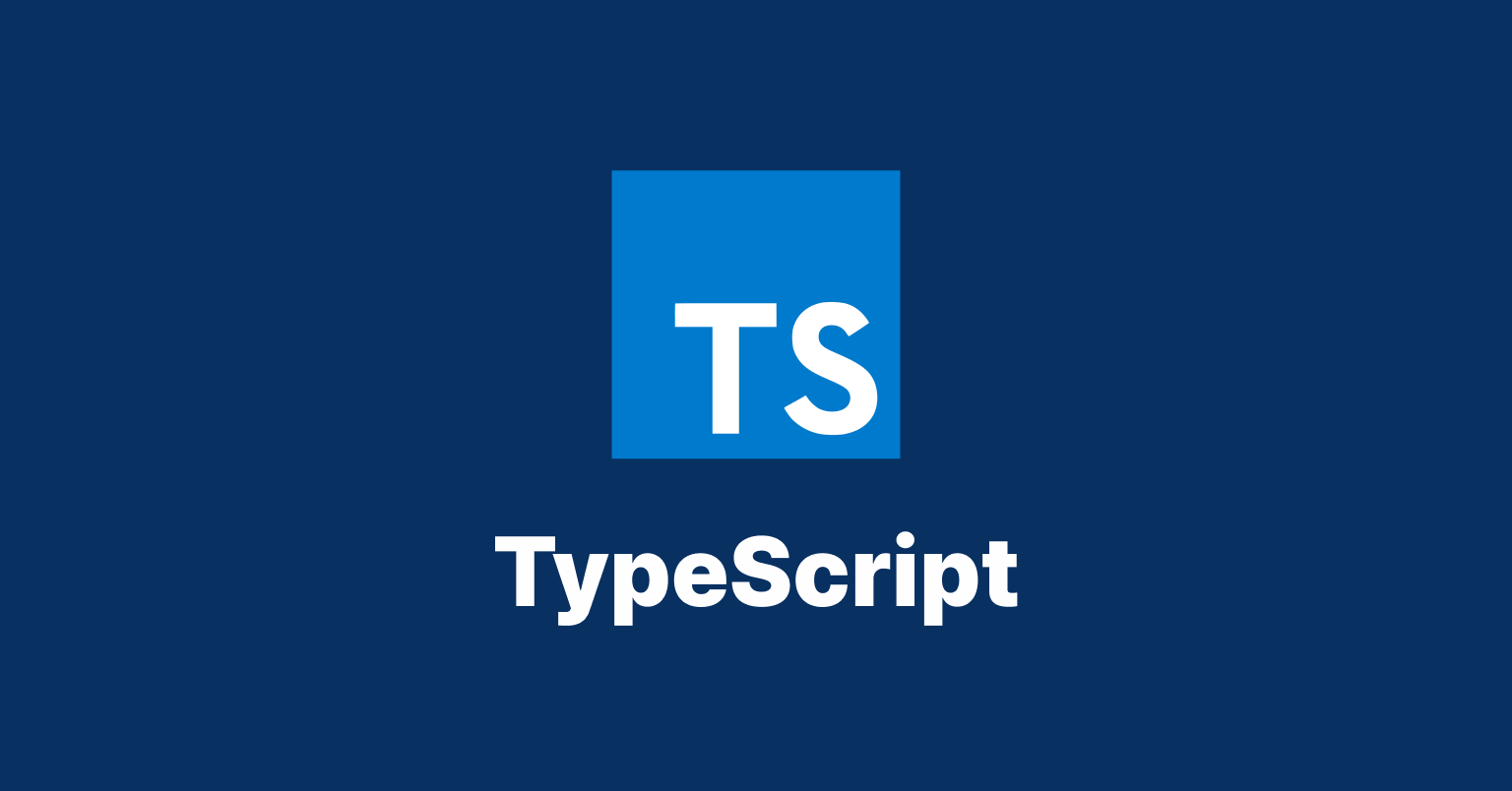타입 가드

타입스크립트 타입 가드
타입 가드란?
타입 가드 란 여러 개의 타입으로 지정된 값을 특정 위치에서 원하는 타입으로 구분하는 것을 의미한다.
타입 시스템 관저메서는 넓은 타입에서 좁은 타입으로 타입 범위를 좁힌다는 의미
왜 타입 가드가 필요할까?
- 타입 단언으로 타입 에러 해결하기
function updateInput(textInput: number | string | boolean) {
(textInput as number).toFixed(2);
}
이렇게 하면 타입 에러는 해결되지만 다음과 같은 문제가 발생한다.
- 실행 시점의 에러는 막을 수 없다
- 타입 단언을 계속해서 사용해야 한다.
- 타입 단언으로 해결됐을 때 문제점
function updateInput(textInput: number | string | boolean) {
(textInput as number).toFixed(2);
console.log((textInput as string)).length)
}
번거로운 뿐만 아니라 반복적으로 똑같은 코드를 작성해야 하는 문제가 생긴다.
타입 가드 문법
typeof 연산자
typeof 연산자는 자바스크립트 연산자이다.
typeof 10;
typeof 'hello'
typeof function() {}
각각 위에서 부터 number, string, 함수의 타입을 사용할 수 있다.
function printText(text: string | number) {
if(typeof text === 'string') {
console.log(text.trim())
}
}
typeof 연산자를 사용하여 특정 위치에서 원하는 타입으로 구분할 수 있다.
instanceof 연산자
instanceof 연산자는 자바스크립트 연산자이다.
이 연산자는 변수가 대상 객체의 프로토타입 체인에 포함되는지 확인하여 true/false를 반환해 준다.
function Person(name, age) {
this.name = name;
this.age = age;
}
class Person {
name: string;
age: number;
constructor(name, age) {
this.name = name;
this.age = age;
}
}
function fetchInfoByProfile(profile: Person | string) {
if (profile instanceof Person) {
// 이 블록 안에서는 profile의 타입이 Person 타입으로 간주된다.
}
}
instanceof는 주로 클래스 타입이 유니언 타입으로 묶여 있을 때 타입을 구분하기 위해 사용한다.
in 연산자
in 연산자는 typeof, instanceof 연산자와 마찬가지로 자바스크립트 연산자이며 객체에 속성이 있는지 확인해 줍니다.
객체에 특종 속성이 있으면 true를, 그렇지 않으면 false를 반환해 줍니다.
interface Book {
name: string;
rank: number;
}
interface OnlineLecture {
name: string;
url: string;
}
function learnCourse(meterial: Book | OnlineLecture) {
if ('url' in meterial) {
// 이 블록 안에서는 mterial의 타입이 OnlineLecture 타입으로 간주된다.
}
}
in 연산자를 사용하여 인터페이스 2개가 유니언 타입으로 연결되어 있을 때 특정 인터페이스로 구분할 수 있다.
- 모두 공통으로 있는 특정 타입을 사용하면 특정 타입으로 구분해 주지 않습니다.
- 타입 가드 역할을 하지 못한다.
타입 가드로 특정 타입을 걸러 내려면 해당 타입이 다른 타입과 구분되는 유일한 특징을 조건으로 걸어야 한다.
switch 문
타입 가드는 if문 말고도 switch문으로 적용할 수 있다.
interface Person {
name: string;
age: number;
industry: 'common';
}
interface Developer {
name: string;
age: string;
industry: 'tech';
}
function greet(someone: Person | Developer) {
switch(someone.indstry) {
case: 'common':
console.log(someone.age.toFixed(2));
break;
case: 'tech':
console.log(someone.age.split(''));
break;
}
}
논리 비교 연산자
단순 논리 비교 연산자로 타입 가드를 적용할 수 있다.
function sayHi(message: string | null) {
if (message!.length >= 3) {
console.log(message);
}
}
message 값이 null이 아니라는 의미의 ! 연산자를 붙였기 때문에 string 타입으로 간주된다.
타입 가드 함수
타입 가드 함수란 타입 가드 역할을 하는 함수를 의미한다. 좀 더 복잡한 경우에도 사용할 수 있다.
타입 가드 함수는 다음과 같이 is 연산자를 사용하여 여러 개의 타입 중 하나로 구분한다.
function isPerson(someone: Person | Developer): someone is Person {
return (someone as Person).age !== undefined;
}
Person타입과Developer타입 중Person타입으로 구분하는 타입 가드 함수이다.
유니언 타입으로 정의된 파라미터는 별도의 타입 가드를 적용하지 않으면 함수 내부에서 다음과 같이 공통 속성만 접근할 수 있다.
function greet(someone: Person | Developer) {
if(isPerson(someone)) {
console.log(someone.age)
} else {
console.log(someone.skill)
}
}
타입 가드 함수를 사용하여 객체 여러 개의 타입 중 하나의 타입으로 구분할 수 있다.
구분된 유니언 타입
구별된 유니언 타입 이란 특정 속성 값으로 구분하는 타입 가드 문법을 의미한다.
interface Person {
name: string;
age: number;
industry: 'common';
}
interface Developer {
name: string;
age: string;
industry: 'tech';
}
industry 속성의 타입은 문자열 타입으로 같지만 받을 수 있는 문자열 자체의 값은 다르게 되어 있다.
- 타입을 선언한 것이지 실제로 객체에 연결해서 값을 선언한 것은 아니다.
두 타입에 모두 존재하면서 값으로 구분될 수 있는 속성이 바로 indstry이다.
function greet(someone: Person | Developer) {
if (someone.industry === 'common') {
// someone의 타입은 Person 타입으로 추론된다.
}
}
속성 유무가 아니라 속성의 문자열 타입 값을 비교해서 타입을 구분해 내는 것이 구별된 유니언 타입이다.
